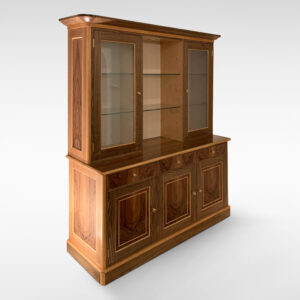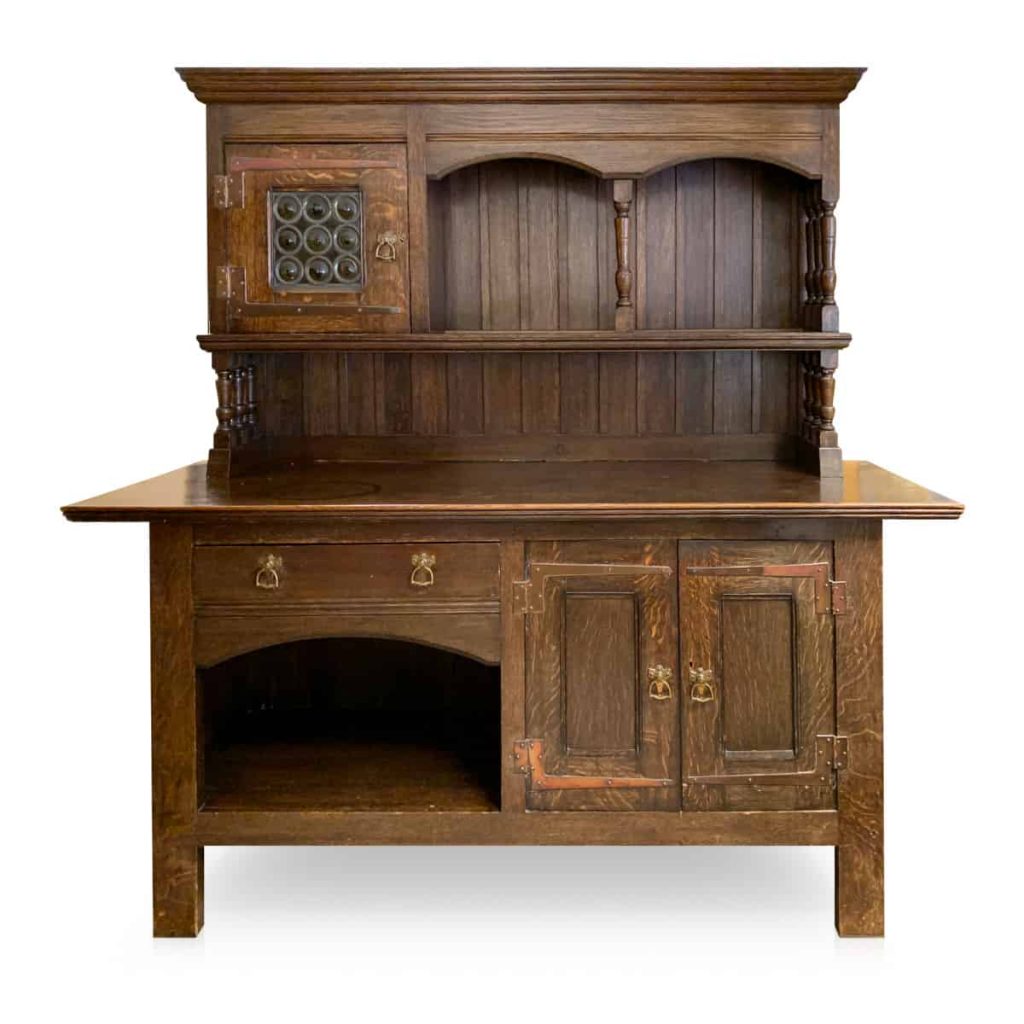

Liberty, the world-famous Regent Street department store, was one of the most important trend-setters of the late 19th and early 20th century. The company was unique in playing a major role in the key artistic movements which spanned five decades from the 1870s to the First World War.
Founded by Arthur Lasenby Liberty in 1875 with just three sales staff, Arthur Liberty was not yet 30 years’ old. He had managed Farmer & Roger’s Great Shawl and Cloak Emporium since he was 21 and when the company declined his request for a partnership (they closed soon afterwards), Liberty secured family loans to secure the lease on the first of several premises.
In his former job he had met the leading lights of the art and design world: Whistler, Rossetti, Watts, Lord Leighton, Albert Moore, William Morris and Burne-Jones amongst many others.
He understood the public fascination with all things exotic and oriental and quickly expanded from selling high quality silks to importing textiles and household goods from India, Japan, China, Burma, Ceylon, Persia, Morocco and Ceylon.
The Aesthetic Movement, championed by Oscar Wilde, promoted the importance of having “an artistic home”. The rapidly growing middle classes, and demand for new houses, provided the market for conspicuous consumption. Your blue and white china on an Arts and Crafts dresser announced that you were people of discerning taste.
While we associate Liberty with Art Nouveau textiles and peacock feather fabrics (originally created by Arthur Silver of the Silver Studio), Arthur Liberty commissioned a wide range of designers across a multitude of disciplines. From E.W. Godwin who advised the costume department on “dress reform”, to Dr Christopher Dresser who was an expert on the artworks of Japan and provided Clutha glass and fabrics, to Archibald Knox who has become best known for his Celtic Cymric (silver) and Tudric (pewter) metalwares and jewellery. Moorcroft, Brannam and Bretby supplied ceramics.
He appointed a youthful painter and architect Leonard Wyburd to head up the Liberty furniture studio and the mediaeval-inspired and “modern cottage style” furniture appealed to the romantic ideals of the country idyll. Liberty didn’t permit his designers to sign their work, so when buying Liberty & Co furniture and metalwares in particular, do check with a reputable source that a piece is a known Liberty design. Liberty’s Furniture 1875-1915 by Daryl Bennett is an authoritative book.
Arthur Liberty was a canny marketeer, producing mail order catalogues and advertising widely in the important periodicals and theatre programmes. The decoration department installed complete rooms in private homes across the UK, Europe and as far afield as South Africa and India.
So successful was the brand that Art Nouveau has become known as “Liberty Stile” in Italy. Today, Liberty London retains its crown as a place to discover beautifully-crafted, artisan goods. Arthur Liberty would be rightly proud of the emporium he created. At The Design Gallery’s 3000 sq.ft. showroom and warehouse at Starborough Farm, Marsh Green, near Edenbridge, Kent UK, we keep stock of a range of Arts & Crafts furniture, including pieces by Liberty and Heals.
The Design Gallery was launched in 2002 to specialise in progressive design movements of the 19th and 20th Century. We met whilst studying at Sotheby’s Institute of Art and discovered that we shared a passion for design, especially Art Deco, Art Nouveau and the Arts & Crafts Movement.

The Design Gallery© All rights reserved
Designed by Jarilo Design